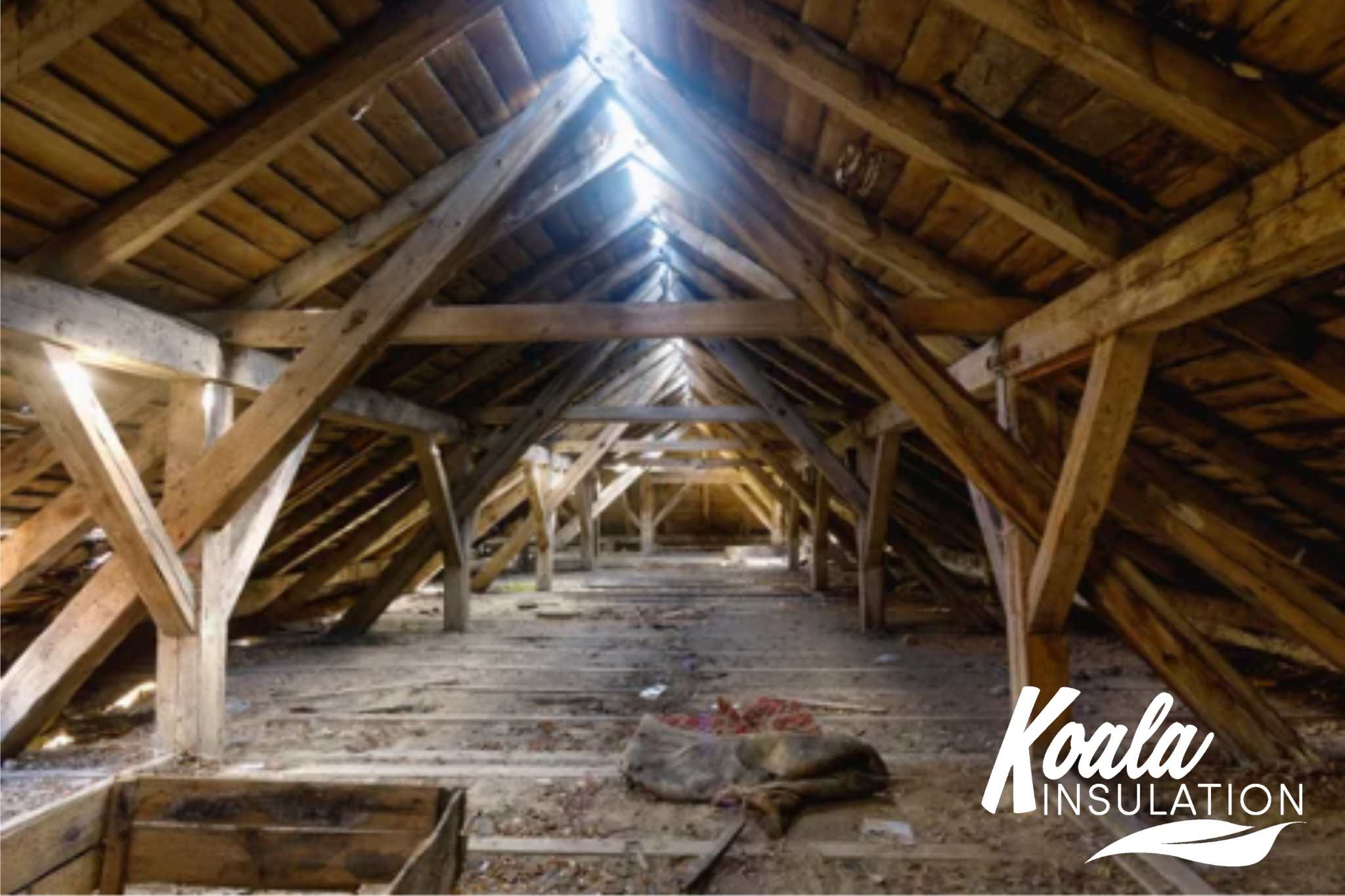How Can the Right Insulation Reduce Pest Problems?

Why is Insulation Important?
The purpose of quality insulation within a building is to help maintain climate control by regulating temperature. The material reduces the rate of heat transfer, which is how easily heat can move through a structure. There are many different types of material used for insulation within a residential building and each has its own properties that make them effective at reducing the movement of heat. However, it's important to remember that each type of insulation has different production processes and capabilities, which often contribute to their unique additional benefits – such as acting as a moisture barrier, fire resistance, or even contributing to pest control.
Insulation isn’t going to necessarily replace the need for a quality insect and rodent repellent, especially if you’re already experiencing an infestation. Instead, the material can offer an additional line of defense against these unwanted guests. There are a number of ways your insulation can contribute: the material may be treated with a chemical that’s hazardous to insects, its installation can prevent easy access to your home, or the type of insulation can simply make it more difficult for small creatures to find a new home within your building.
Here are a few of the insulation materials that could help you prevent and protect against pest infestations.
What Type of Insulation Can Help Defend Against Pests?
-
Cellulose
When it comes to deterring pests, one of your first suggestions will most likely be cellulose insulation. This is a blown-in or “loose fill” insulation and it’s typically made out of recycled materials (85% of most cellulose products are made from recycled newspapers!). It’s most often gray in color, but if you look closely you can still be able to make out bits of paper or cardboard. What makes this insulation type significantly useful throughout your attic, within walls, and in crawl spaces, is the treatment it goes through during production. Cellulose is treated with boric acid, a chemical that makes it useful for more than just your basic insulation needs like thermal performance and noise reduction.
Boric acid enhances cellulose’s resistance against fire and moisture, but it also significantly contributes to its defense against pests like small insects. It kills insects that ingest the insulation and is also an irritant to the respiratory system of rodents and small animals, as the material can be dusty up close. The chemical also has antibacterial and antifungal properties, so things like bacteria and mold don’t have anything to feed off of and grow. It’s important to note that boric acid doesn’t make cellulose hazardous to people; this chemical can even be found in the ingredients of household medications and personal care items such as soaps and detergents.
-
Spray Foam
There are two types of spray foam insulation materials to have installed in your home: open-cell or closed-cell. Open-cell spray foam is the material that looks cloud-like and “fluffy” after it’s been applied and is typically used more often in warmer climates. Closed-cell spray foam, on the other hand, is dense and rigid, which helps it to perform better as a vapor barrier. While each has its own benefits when it comes to properties like fire resistance, structural suppose, and temperature regulation, they both have similar advantages to pest control.
When you choose to have spray foam installed in your home, the insulation is a chemical that is sprayed onto the surface and expands into the space it’s applied to. Because of the rapid expansion, the spray foam can fill into small cracks, gaps, and holes that would otherwise be perfect cozy spots for small creatures to make their home. Potential entry points that rodents and other pests can find their way into are easily filled as the material covers and spreads into the area. While this also provides an advantage for quality air sealing and keeping out unwanted outdoor air and pollutants, it gives pests a more difficult time getting through the material to invade.
-
Other Material Options
When you make sure you’re regularly evaluating and replacing the insulation material throughout the house, your home is better equipped to handle pests and defend against infestation. One of the biggest mistakes homeowners make is letting their insulation deteriorate, ignoring the need for inspections. If you have fiberglass or miner wool installed in the house but neglect to check for weathered, damp, or deteriorated areas, this may be a prime area for mold growth while also attracting bugs.
To help protect your home and reduce the risk of hidden guests within the walls, attic, and crawl spaces, consult your local insulation experts. Not only could updated material benefit your indoor air quality and moisture resistance, but an insulation inspection could even reveal problem areas in your home that may attract ants, roaches, and other small creatures. Having an experienced industry professional evaluate and inspect the space can help to save you in monthly energy costs, maintenance fees, and pest control costs.
Learn More About The Benefits of Insulation
When it comes to the numerous benefits insulation and air sealing can provide your home, it’s no surprise that there may be a few traits you’re unaware of. Koala Insulation is dedicated to improving our community by helping bring our neighbors quality education, service, and products. We prioritize cost-effective and energy-efficient practices that not only help improve the comfort and safety of your environment but also reduce costs to help out your savings.
Our teams offer free evaluations to provide a detailed breakdown of the current condition of your home's insulation and air sealing. You and your household can then make informed decisions that take your schedule and budget into account. If you're interested in understanding how the various benefits of different materials can influence your environment, our technicians are ready to help! To learn more about how insulation can improve the comfort and safety of your household, contact your local Koala Insulation team today and schedule your free evaluation.
Find Your Location


Get a quote



